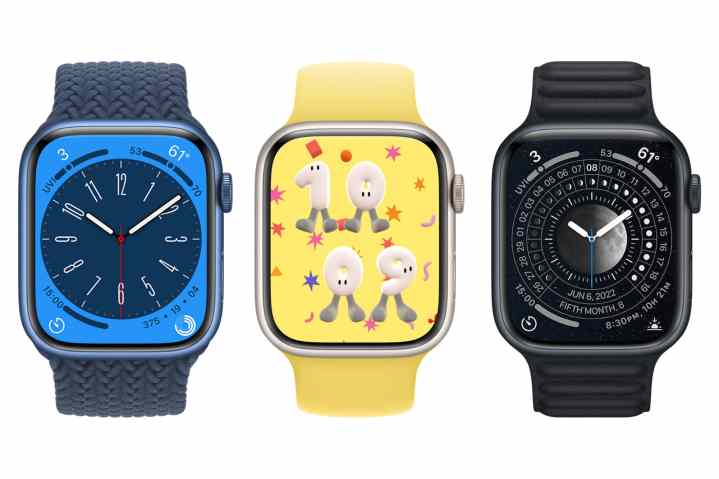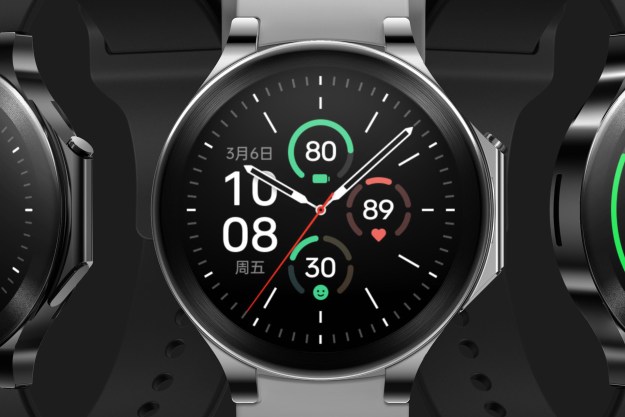
The Apple Watch will restore a popular feature that was ditched with the launch of watchOS 10 in September: the ability to change the watch face with a single swipe.
The feature is part of watchOS 10.2, which is likely to be released next month.
News of the feature’s imminent return was shared by X user Aaron after he spotted it in watchOS 10 beta 3.
Quite why Apple chose to get rid of the swipe feature is hard to know, especially as it replaced it with a more cumbersome method.
Instead of a simple swipe, you currently have to long-press the Apple Watch display and then select a different watch face by swiping or rotating the digital crown. Sure, it doesn’t take a whole lot of extra effort, but it’s simply a longer way of doing it.
A number of users went online to express their dismay when the change became apparent, with one saying: “After updating, the only way to get to the neighboring watch face is to long-press … and then I can move to a neighboring watch face. If that’s intentional, that sucks. I use four neighboring faces for different purposes and am swiping between them constantly. This will make using the watch very laborious for me.”
And it’s not as if Apple added a new feature in place of the swipe. Frustratingly, if you swipe now, nothing happens.
It has to be said that there are a couple of advantages to the current long-press method. For example, besides being able to swipe to one of your watch faces, you’re also given the chance to customize them on-device via an edit button, or even select entirely new ones, instead of doing it via your iPhone. There’s also a button that lets you share your lovingly customized designs with others.
But for folks who enjoyed the simplicity of a quick swipe to change their Apple Watch face, watchOS 10.2 will sort you out. It should be noted, however, that in its current form, the feature is not a default setting. Unless Apple changes this, you’ll need to head into Settings and Clock to select the swipe method. Whatever happens, it looks like Apple will offer both the current method and the old method for changing watch faces. You just need to decide which you prefer.
Editors' Recommendations
- This is how the Apple Watch needs to change in 2024
- The Pixel Watch 2 just got a feature it should have launched with
- Why I can’t wait for Apple to finally make a smart ring
- Double Tap is the coolest Apple Watch feature I’ve used in ages
- How I use my Apple Watch and iPhone to manage my diabetes



